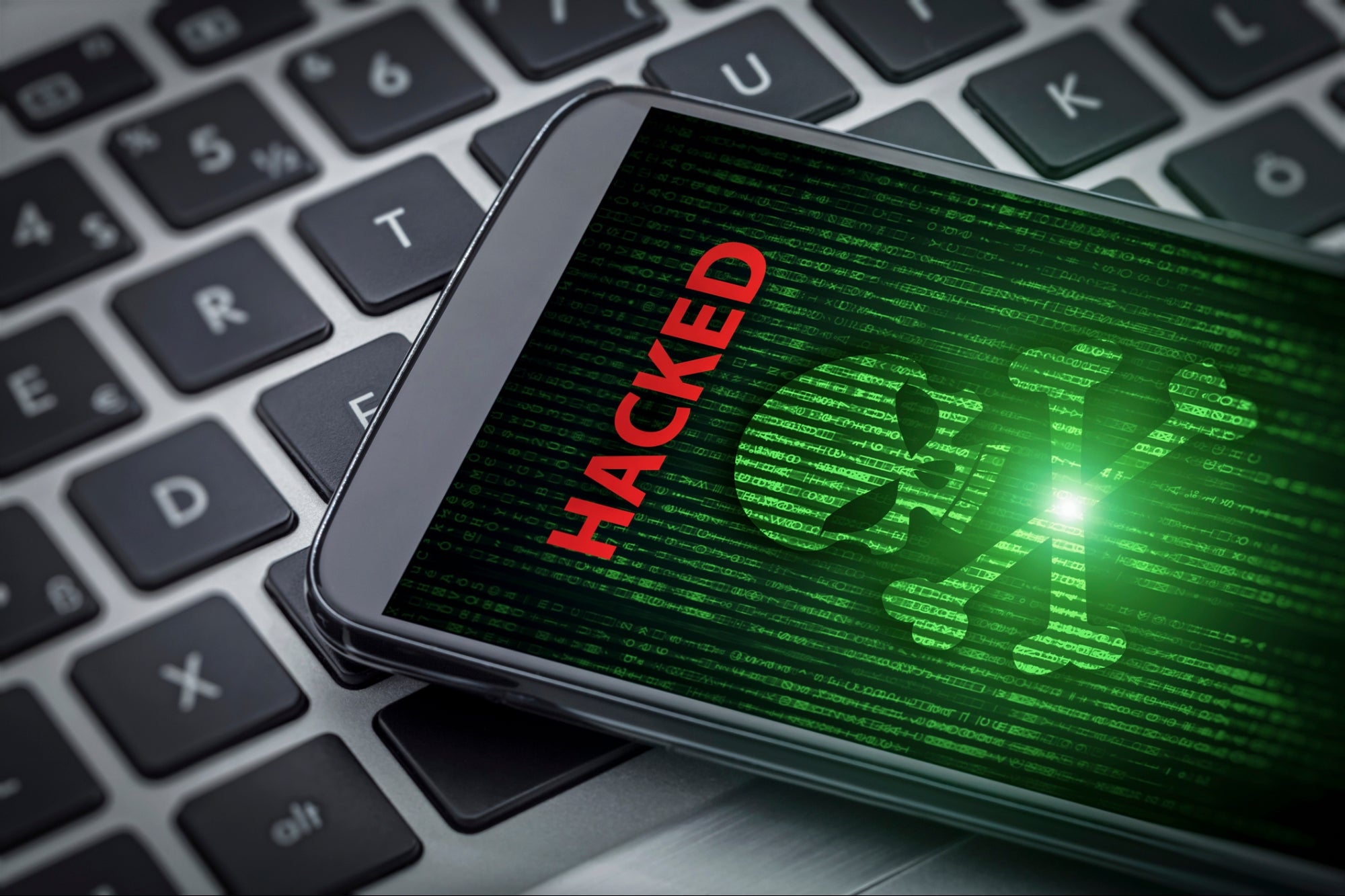The answer to this question is weird – oddly enough, it’s best to do nothing. Modern mobile operating systems are quite well protected by default, and attempts to fix something, especially without proper understanding of what is happening, can lower protection.
For an average user, it is usually enough to follow simple rules:
- Do not install applications from untrusted sources;
- Do not open attachments from letters and links from strangers and generally surf less on sites like “download music for free”;
- Be sure to set up a lock screen (pin code, biometrics, password) and (optionally) prohibit the display of notifications on the locked screen.
Check Extensions
Carefully look at the permissions that applications request, and periodically review the issued permissions in the settings. Some applications may require permissions “for the future” or in order for some feature to work that you may not need. Therefore, you need to issue only those permissions that look adequate in the context of the application used.
The extension for an online sportsbook site does not need access to SMS. If the application requests inadequate permission and refuses to work without it, then it is best not to use it or consult with a specialist.
Beware of Remote Access Apps
Do not install applications for organizing remote access on a smartphone. If you need help, it is much safer to call those who will help you from a computer and perform all the necessary actions yourself, following the advice and analyzing what is happening.
Also do not install modified firmware. This is not what you need on a smartphone to which a bank card is linked.
Where to Store Passwords?
It is better to keep passwords in a special password manager. There are a lot of them, and not all of them are safe. Programs create a secure container that will store your credentials. To open the container, you will need a password that you will need to remember. The more difficult it is, the better. The passwords that will be stored in the container itself must be unique for each service. A password manager can generate secure passwords, and you don’t need to interfere with them.
How to Store Confidential Photos?
NAS (Network Attached Storage), which is disconnected from the Internet with password access and two-factor authentication will be a good solution. NAS is actually a home file server that runs on a special operating system aimed at maintaining file storage and convenient work with it.
If it’s just a personal archive of some home video that you don’t want to show to anyone, then the options above will be more than enough. Confidential photos can be stored in the same password managers, they allow you to attach files, but this is not very convenient.
What Other Threats do You Need to Consider?
You should try to leave as little information about yourself as possible in different sources. The more data about you is available, the easier it is to find an approach to you. But this is always a compromise, and there are no universal recipes here.
Always assess the risks when transferring your data to some other service. Think about it: what will happen if this service is hacked and your data becomes available to attackers?
Make it a rule to turn on two-factor authentication whenever and wherever possible. It is better to use a special application like Google Authenticator for this, rather than SMS. This can help if suddenly your password from the service becomes known to an unidentified group of people.
Periodically check the lists of connected devices in the messenger settings and the recent activity panel. You should always be sure that only you use your accounts.



